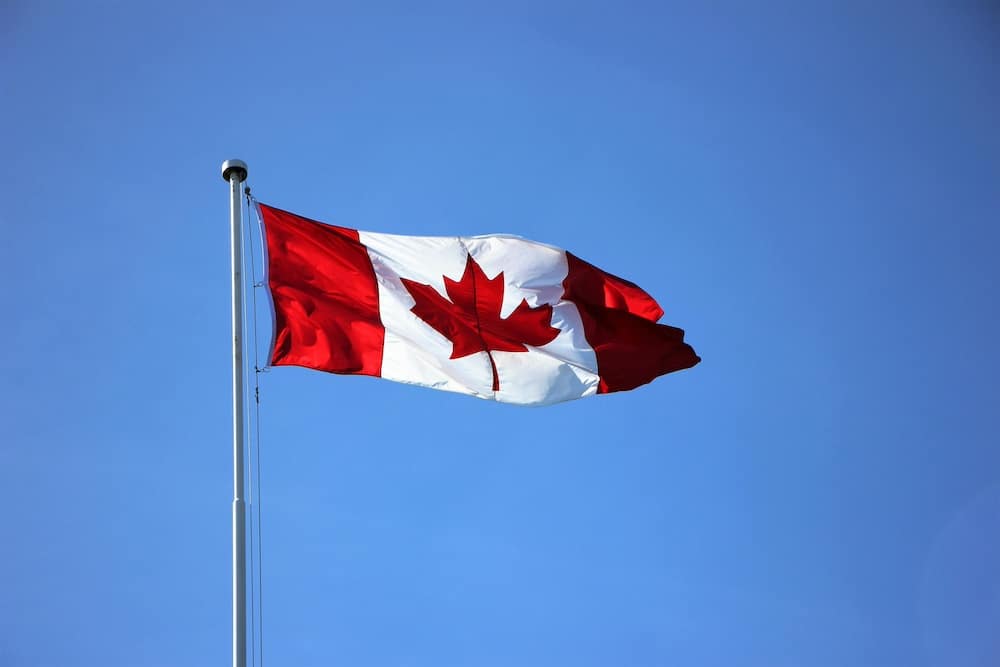
Is the CRA Failing the Taxpayers? What Taxpayers Need to Know
What Taxpayers Need to Know (and How to Protect Themselves): A Report by the Office of the Auditor General of Canada.
When Canadians call the Canada Revenue Agency (“CRA”) for help, they expect accurate, clear, and timely guidance. The Office of the Auditor General of Canada (“OAG”) report on CRA contact centres shows that expectation is routinely unmet, and the gap has real consequences for taxpayers.
The Bottom Line
The OAG concluded that CRA contact centres did not provide callers with accurate information in a timely manner for individual tax, benefits, or business tax enquiries. In 2024–25, only 18% of calls met the service standard of reaching an agent within 15 minutes; in June 2025, just 5% did. Average wait time doubled year-over-year to ~31 minutes. Meanwhile, accuracy on non-account-specific questions was poor—17% for individual tax, 54% for business tax, and 56% for benefits.
How We Got Here: Service Slippage and Structural Strain
- Standards lowered, performance worse: CRA shifted its service standard from “80% within 2 minutes” to “65% within 15 minutes” starting in 2019–20—but still missed the easier target in most years, including 2024–25 (18% met).
- Fewer agents, longer waits: Agent headcount fell 22% from 2023–24 to 2024–25, while wait times stretched and calls spiked. Total calls hit ~32 million in 2024–25; only ~10.4 million reached an agent.
- Call deflection returned: In fall 2024, CRA reintroduced deflection to self-service menus without the option to reach a live agent—~8.6 million calls were deflected in 2024–25; April 2025 alone saw >4 million deflections.
- Complaints surged: Service complaints rose 145% since 2021–22.
Accuracy Problems: Why Phone Advice Can Mislead
The OAG made 167 test calls and reviewed recorded calls. Results for general (non-account-specific) questions were alarming: 17% accuracy for individual tax, 54% for business, 56% for benefits. Even CRA’s own quality evaluations tended to over-rate accuracy and completeness.
A key driver: agent performance metrics prioritize schedule and handle-time (45% weight) over accuracy and completeness (9% weight). Limited, non-actionable coaching compounds the issue.
Practical implication: Verbal advice from a CRA agent may be incomplete or wrong. Where stakes matter, you should verify in writing or get professional advice.
Technology & Contract Oversight: Paying More, Getting Less
Telephony contract ballooned. The hosted contact centre contract (awarded 2015) rose from a $50M minimum to $190M by June 2025 (projected $214M by 2027), amid weak invoice validation and unclear service-credit enforcement for outages.
Features underused. CRA did not fully adopt workforce-management tools, forcing >180,000 manual emails for schedule adjustments; callers lacked real-time queue updates and often waited longer than initially estimated.
There is a path forward: the government has awarded a new Contact Centre as a Service (CCaaS) contract (July 2025), with CRA and Shared Services Canada committing to stronger contract management and fuller deployment of features.
What CRA Says It Will Do
CRA agreed with the OAG’s recommendations: review processes and staffing, re-weight performance toward accuracy, improve quality feedback and coaching, separate/triage My Account technical calls, and roll out modern tools (including GenAI chatbot expansion and self-serve re-registration for locked accounts). Timelines run through fall 2025–2027 as the new platform comes online.
What Taxpayers Should Do When Calling the CRA
Given the OAG’s findings, treat every CRA interaction as part of your diligence record. (Context: accuracy on general questions was 17% for individual tax; average 2024–25 wait ~31 minutes; deflections widespread.)
1) Prepare Before You Call
- Documents: SIN, relevant tax years, Notices of (Re)Assessment, CRA letters/reference numbers.
- Questions: Write specific questions (e.g., “What are the eligibility criteria for ___ under the ITA?”).
- Right line: Use the correct individual/business/benefits number to reduce transfers.
2) Keep a Record During the Call
- Identify the agent: Note first name, agent ID, date/time, and any call reference number.
- Notes: Capture Q&As and any commitments (“Adjustment in 6–8 weeks”).
- Confirm: Restate key advice—“Can you confirm I’ve got that right?”
3) Ask for Written Sources
- Request a guide, folio, or CRA webpage that states the same position. Having the opportunity to review the information the officer is relying upon, will help confirm their statements.
4) After the Call
- Save notes with your tax records for six years.
- Verify independently or consult a professional before acting on high-impact items.
5) If Service Is Incorrect or Inadequate
- Escalate to a team lead/supervisor.
- File a service complaint (RC193) for delays or misinformation.
- Get representation (lawyer or CPA) if penalties, collections, audits, or appeals are involved.
Tip: If an answer sounds uncertain or contradicts prior guidance—pause, document, and verify in writing.
When to Call a Professional
You’re facing penalties, collections actions, or a reassessment.
You need a binding position or strategy on interpretation, elections, or dispute resolution.
You want to reduce risk of misstatements driven by incorrect phone guidance.
A tax professional can triage issues, craft written submissions, and anchor your file to published positions—minimizing costly errors.
Conclusion
The Auditor General’s report confirms what many taxpayers and practitioners have experienced: CRA phones are hard to reach, and answers on general questions can be unreliable. Until promised reforms take full effect, the safest approach is rigorous documentation, verification, and timely escalation—and, where the stakes justify it, professional representation.